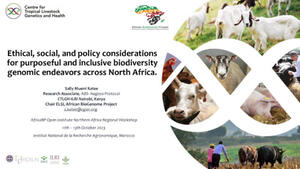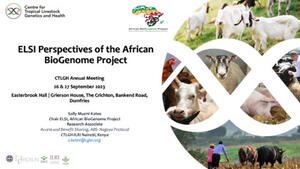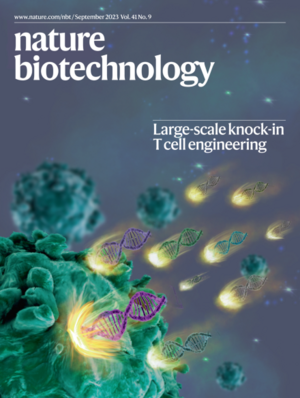
Genetic and phenotypic diversity of rhizobia nodulating chickpea (Cicer arietinum L.) in soils from southern and central Ethiopia
Abstract
Forty-two chickpea-nodulating rhizobia were isolated from soil samples collected from diverse agro-ecological locations of Ethiopia and were characterized on the basis of 76 phenotypic traits. Furthermore, 18 representative strains were selected and characterized using multilocus sequence analyses of core and symbiotic gene loci. Numerical analysis of the phenotypic characteristics grouped the 42 strains into 4 distinct clusters. The analysis of the 16S rRNA gene of the 18 strains showed that they belong to the Mesorhizobium genus. On the basis of the phylogenetic tree constructed from the combined genes sequences (recA, atpD, glnII, and gyrB), the test strains were distributed into 4 genospecies (designated as genospecies I–IV). Genospecies I, II, and III could be classified with Mesorhizobium ciceri, Mesorhizobium abyssinicae, and Mesorhizobium shonense, respectively, while genospecies IV might represent an unnamed Mesorhizobiumgenospecies. Phylogenetic reconstruction based on the symbiosis-related (nifH and nodA) genes supported a single cluster together with a previously described symbiont of chickpea (M. ciceri and Mesorhizobium mediterraneum). Overall, our results corroborate earlier findings that Ethiopian soils harbor phylogenetically diverse Mesorhizobium species, justifying further explorative studies. The observed differences in symbiotic effectiveness indicated the potential to select effective strains for use as inoculants and to improve the productivity of chickpea in the country.
Citation
Tena, W., Wolde-Meskel, E., Degefu, T. and Walley, F. 2017. Genetic and phenotypic diversity of rhizobia nodulating chickpea (Cicer arietinum L.) in soils from southern and central Ethiopia. Canadian Journal of Microbiology 63(8):690-707.










